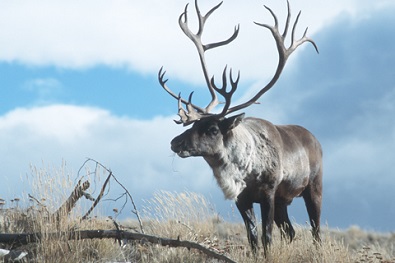Northerners are meeting this week to discuss potential community impacts if the federal government designates Barren-ground caribou as threatened under the Species at Risk Act.
Most Barren-ground caribou herds are in decline, expect for an arctic herd, which is thriving.
Presentations in Wollaston Lake Wednesday and Thursday will examine possible population recovery and harvest management strategies of the Ahiak, (71,000 in 2001) the Beverly, (124,000 in 2011) Qamanirjuaq (349,000 in 2008) and the Bathurst (8200 in 2018).
Tina Giroux, a biologist with Athabasca Denesuline Ne Ne Land Corporation says the caribou decline is a major concern for northerner’s traditional way of life.
“Barren-ground caribou is extremely important. It’s embedded in Athabasca Dene culture in spirituality, in way of life. It’s a main source of meat in those communities. It’s a huge concern. The population of Barren-ground caribou herds are declining,” said Giroux. “There’s going to be a lot of strategies developed on how to get the populations back. We want to be not just be told what to do, but we want to be the ones developing and the ones providing input on how that should be done.”
The above herds migrate along the northern border with Manitoba, Nunavut and the Northwest Territories.
Giroux says the harvesting of the Bathurst herd has stopped since the early 2000’s due to migration pattern shifts and extremely low population.
“The Bathurst herd went from almost a half a million caribou all the way down to 8000. So, that’s a herd at critical lows. Our communities have not been able to harvest those because they have not come into the region since early 2000’s,” explained Giroux.
Giroux says a designation of threatened will not affect harvest limits as the woodland caribou, which is classified, continues to be hunted.
She says communities will have to examine caribou habitat, what is impacting the ungulates and bring together youth and Elders to map a way forward.
(Photo courtesy of Environment Yukon)
